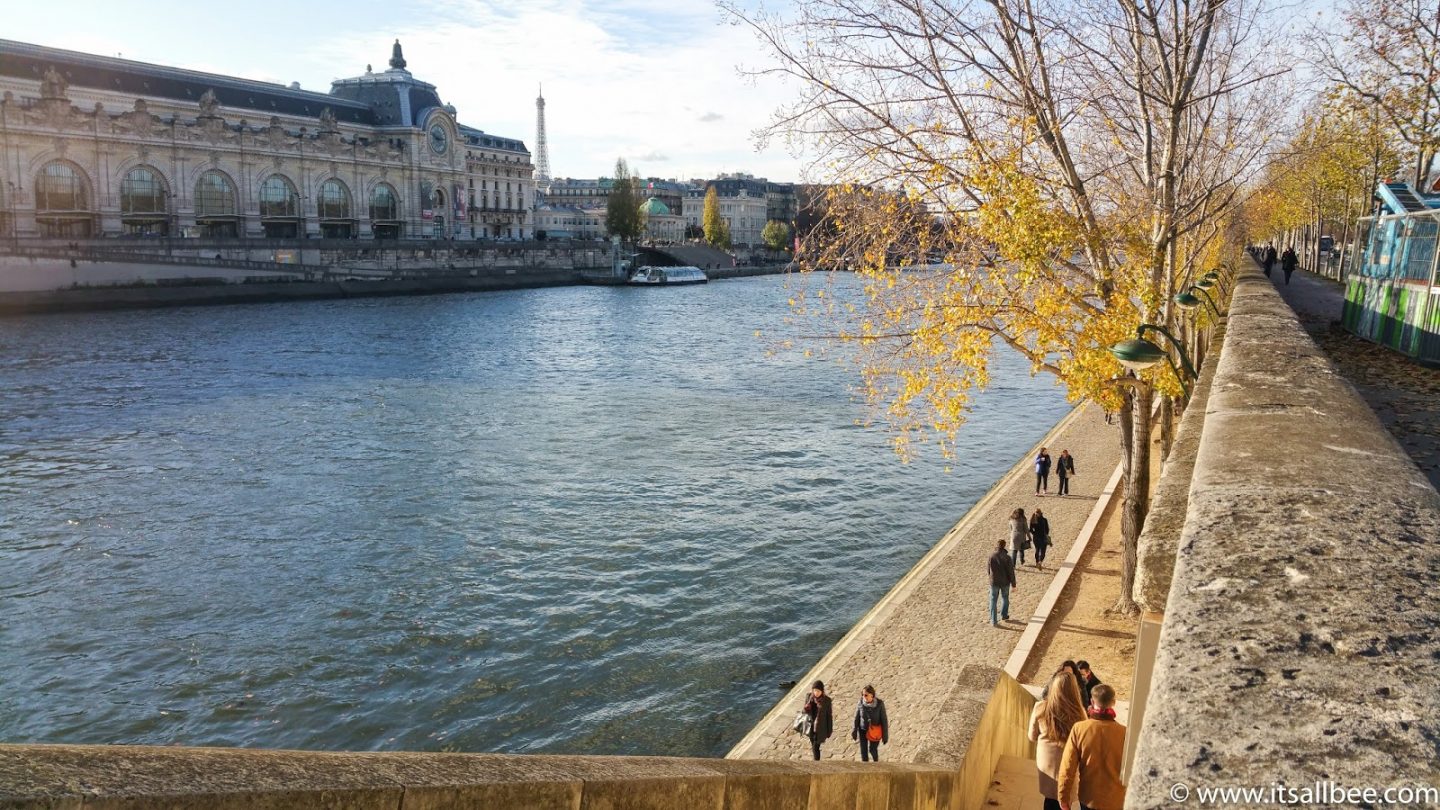
Ancient masters and modern art, futuristic architecture and idyllic landscapes filled with half-timbered houses; award-winning designs and the most beautiful theater, music and film festivals. Europe, in one way or another, will appeal to anyone’s taste. From artists like Leonardo da Vinci, Vincent van Gogh, Berthe Morisot, Pablo Picasso or Paula Modersohn-Becker. From exceptional musicians, whose works will continue to inspire our great-grandchildren. From Bach to the Beatles, from Mozart to Anne-Sophie Mutter, it is a continent, whose cultural richness will never get old.
It is where many nations share a continent, while retaining their traditions, local colours and languages. At the same time, everything is always evolving, including fashion, music, film, theater and art. Europe is characterized by an enormous variety of ideas, perceptions and lifestyles. It comes with no surprise, that Europe is a top tourist destination in the world. However, as spectacular as it is, there are things you should know before travelling there. So with that in mind, below are Europe travel tips with everything you need to know before visiting. As with any other place in the world, you should research the specific countries you’re going to visit so that you are better prepared for whatever comes your way. This post is geared not only to seasonal travellers but also top tips for traveling to Europe for the first time.
So that no bad “surprises” catch you off-guard, here is an article about the things you should know when travelling to Europe, as well as some tips that will help you to have a smooth journey.
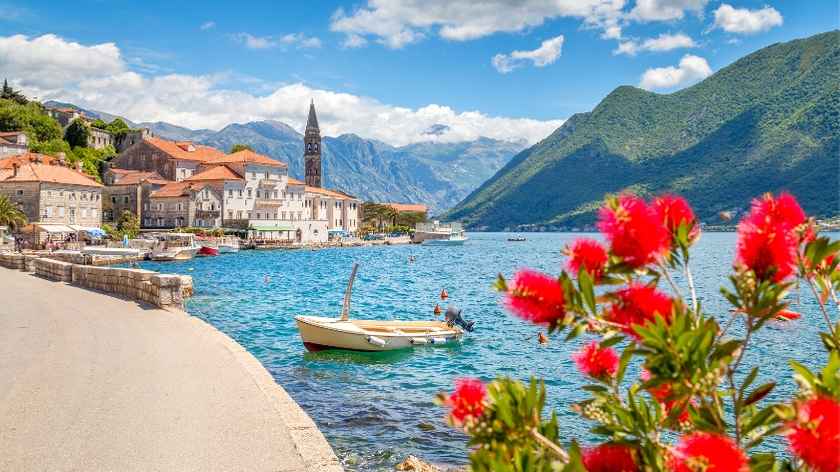
CONTENTS
Best Time To Visit Europe
When it comes to how to plan a trip to Europe, among the many things to consider is when to visit. Travel seasons always depend on the destination—not just the country or its geographic location or latitude, but the type of vacation destination it is. For example, June is the heart of the summer high season in most of, say, Italy—except for in the ski resort towns of the Dolomites and the Alps, where it is the lowest of low seasons. The villages are empty and most hotels and restaurants are shuttered. That, however, is an extreme example. In most places, low season doesn’t mean everything is buttoned up tight—it just means better bargains are to be had. Prices will be lower on hotels and airfares, and crowds will be blessedly much thinner on the ground.
The most popular time to visit Europe is early summer, especially June and July. With the exception of ski resorts, this is the highest of high season, which means all of the services that cater to tourism throw open their doors and welcome in the droves. It also means that there will be droves. However, this is the time when most festivals and outdoor events take place, and when most of the cities are really lively and warm, so you can explore more than say, in winter. I have also covered Europe in winter travel tips via winter guide for Amsterdam, Stockholm, Venice and more to come. …Because it is so popular though, it means the prices of transportation and accommodation are higher. Although, it is still possible to get good deals, especially if you book many things in advance. That way, you can not only find cheaper travel options and accommodation but also avoid queues in front of important museums. We will elaborate on this point a little bit later.
First of all, transportation. You don’t want to spend most of your budget on getting from one place to another, especially if you’re going to visit many different cities or even countries. Therefore, here are some Europe tips and trick on how to travel on mainland Europe in the cheapest way possible.
Also Read: What To Pack For Europe In Spring | What To Wear In Europe In Sumer | How To Pack For A Month In Europe
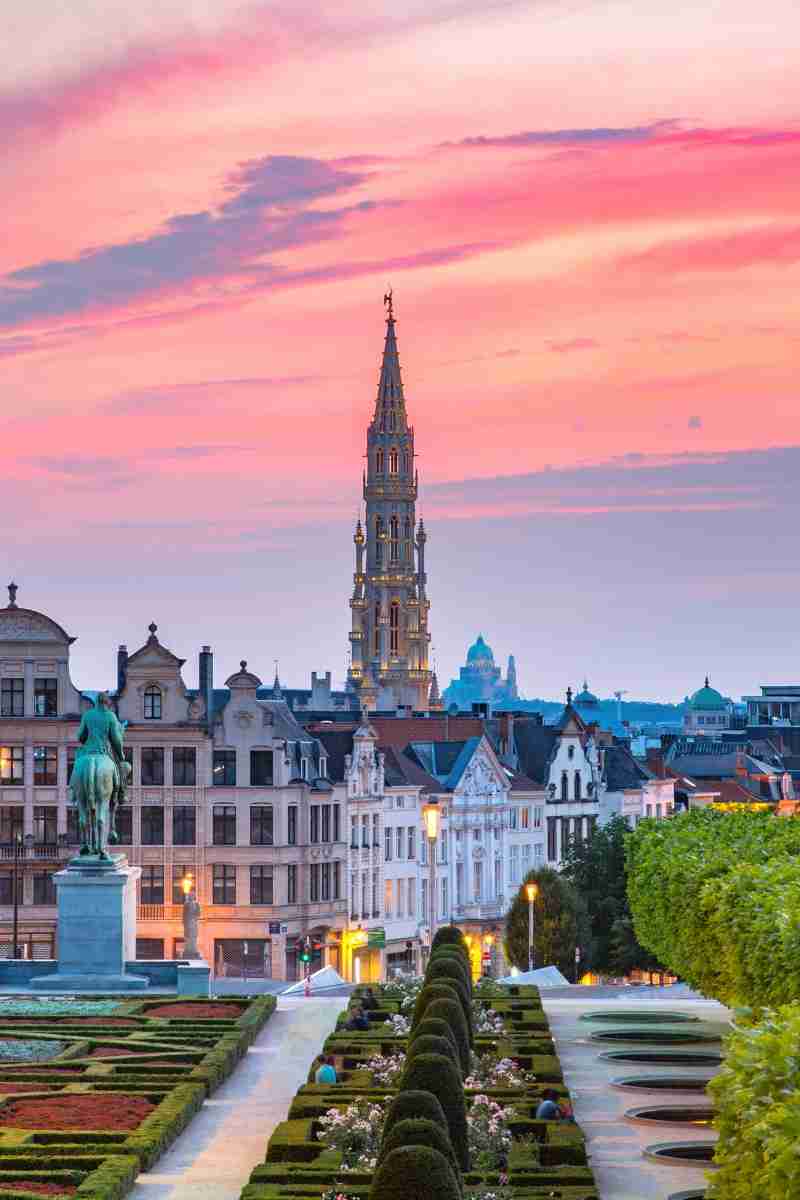
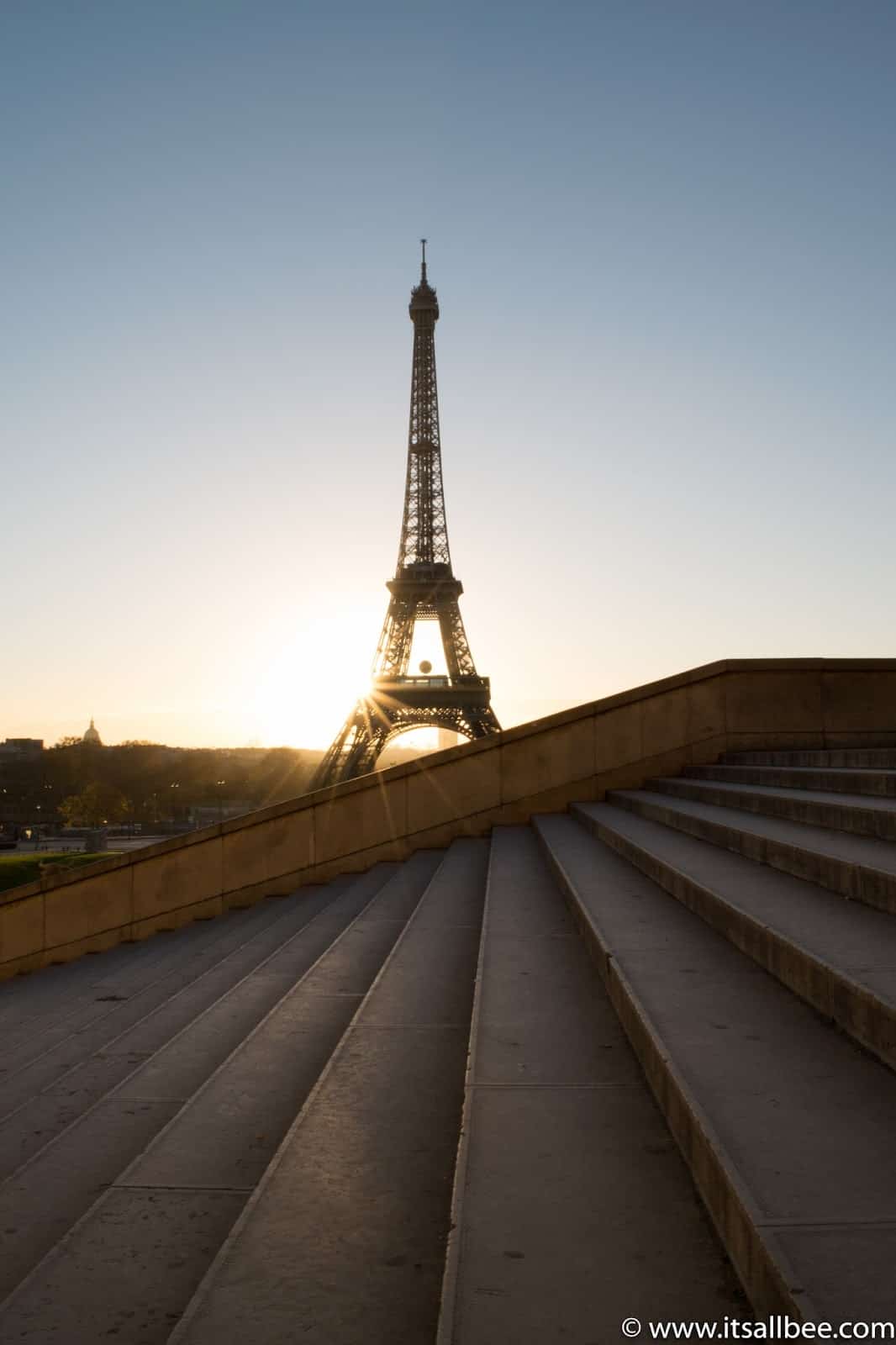
Travel Insurance
While you might have access to cheap spring destinations in Europe still best to take care of unexpected expenses that arise while travelling, having travel insurance has been proven to help travellers with financial support and comfort to continue their travel journey without worries. Travel insurance policy is mandatory only for travellers who need to apply for a Schengen visa. This group of travellers is always required to have the needed coverage for the entire period of their stay in Europe, regardless if they go there for business, tourism, studying, holidays, or for other reasons. Foreign travellers visiting Europe who enjoy visa-free travel to the Schengen zone can get their preferred travel insurance policy if they want to and while it is highly recommended – they are not required to.
Travel insurance and natural disasters – it is crucial to examine your insurance policies and choose the right one for your particular destination.
Anyone who remembers the Icelandic volcanic ash clouds that wreaked havoc on thousands of travellers in 2010 will remember the surprise among many that ash could cause so much disruption. Many people mistakenly assumed they were covered for delays caused by volcanic ash but ended up having to pay the full costs of the additional expenses they incurred. The incident proved to be a transformative one for the insurance industry.
The travel chaos and widespread media attention that followed the eruption highlighted a hole in the kind of insurance cover available to travellers. An eruption in Chile in 2011 went on to affect flights for weeks afterwards. This example illustrates how important it is to examine your travel insurance policy in detail, especially the level of travel disruption cover it provides. Some might, for example, contain explicit mention of volcanic ash, while others may talk about ‘airspace closure’.
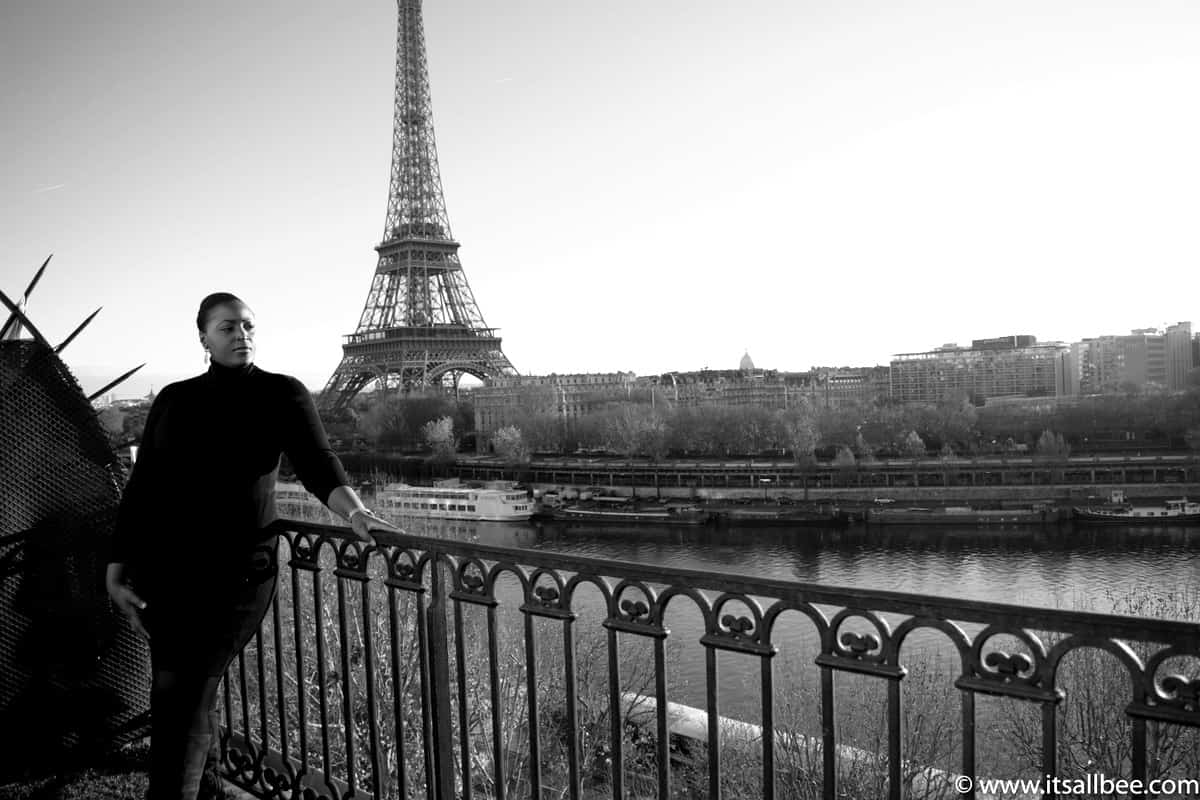
Best Travel Tips For Europe Transportation
Should I rent a car?
There is plenty of efficient public transport in Europe that is clean and well-maintained. Renting a car for travelling here will end up costing you a lot more, and could in general be a lot more inconvenient. The historic core of the European cities you’re likely to stick to weren’t designed for cars, anyway, so parking frequently is just a headache. We recommend traveling by train, or by other means of transport, which we will list below. Only rent a car if you are planning on a European road trip.
Trains
As far as travelling tips for Europe go, you cannot miss out on using the train system. The European rail system is one of the best and most extensive in the world. Fares are dynamic like air fares, very cheap if you book in advance but much more expensive if you buy close to departure day. For example, Paris to Amsterdam starts at €35 bought several months in advance (no refunds, no changes to travel plans), but costs a whopping €130 for a fully-flexible ticket if you wait and buy on the day. The most expensive fares usually allow changes and refunds, but the cheaper fare levels mean no refunds & no changes to travel plans. Check out Omio which shows you train, coach, flight and taxi transportation prices and duration for a chosen journey.
If you plan to travel around Europe in a grand tour or if you are going to be traveling across vast distances and don’t want to fly, getting a rail pass is your best money-saving travel option. Your cost per trip will be a lot lower than if you were to buy these tickets separately. More information about rail passes at Eurail.
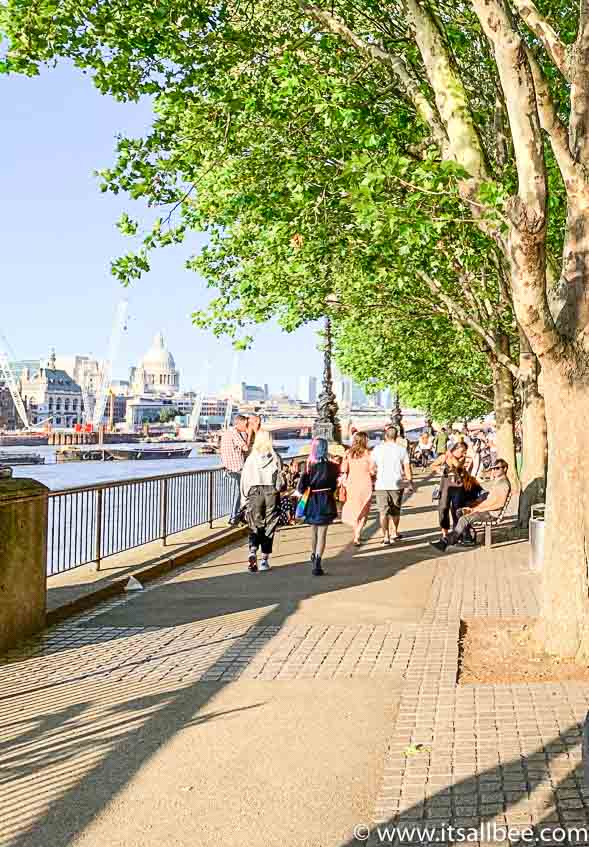
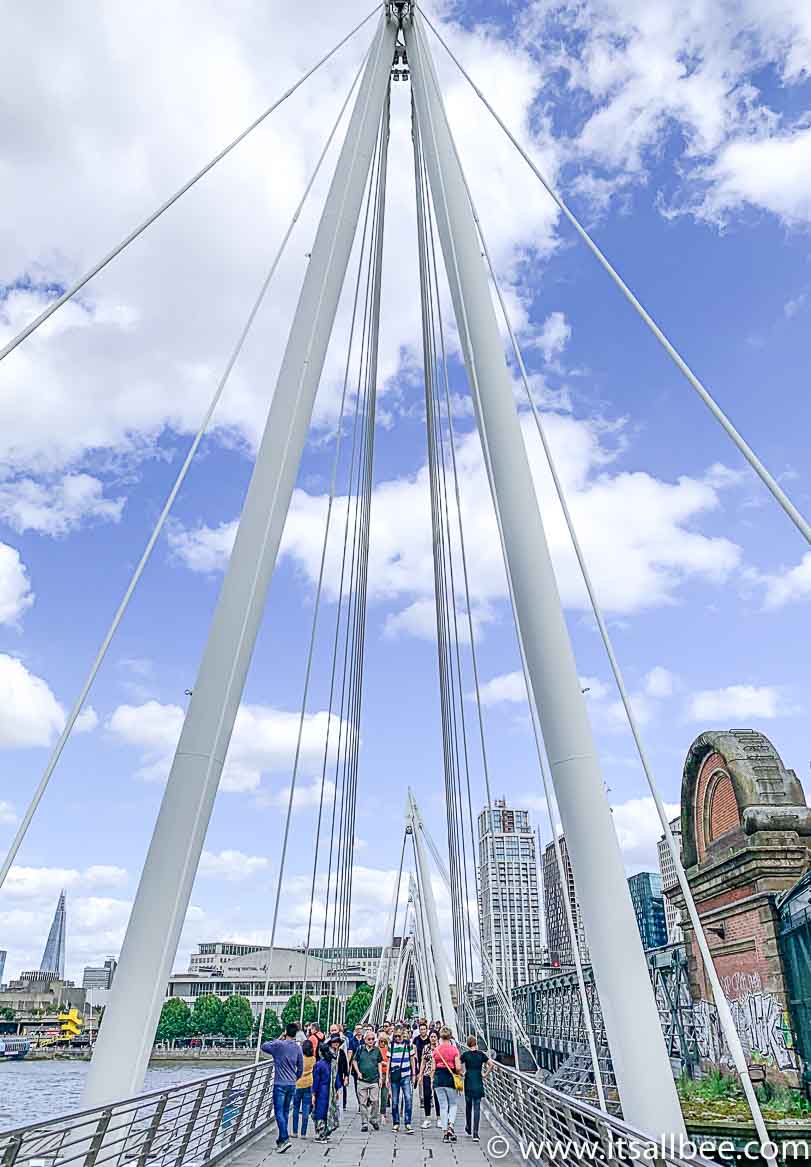
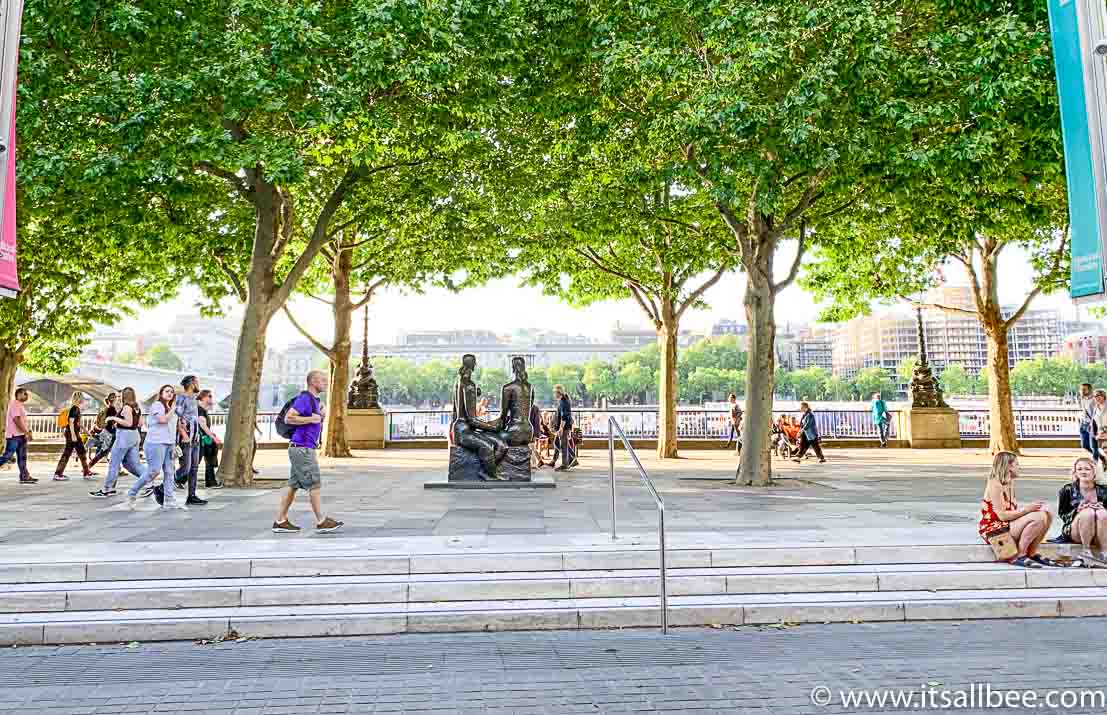
Bla Bla Car
One of the most popular systems in place for budget travelers in Europe is the Bla Bla Car system. It is an app that you can download on your phone, which allows you to contact people who are going through the same route as you, so you join them and share the expenses. For example, if you wanted to travel from Paris to Lyon, you can search for the date and the trip in the app and all the drivers who are planning to do that same trip will appear, along with their profile, reviews, how much you they charge for the trip, etc. Prices are usually around € 7 or € 10 for medium-distance journeys, which makes it an excellent way to travel cheaply in Europe.
Bus
Travelling by bus is usually a lot cheaper than by train or plane. One of the biggest advantages of choosing a bus is that prices don’t vary greatly or not at all, no matter when you buy it. You can often even purchase it from the driver once you get on the bus. This advantage is similar to having the ‘Eurail’ rail pass.
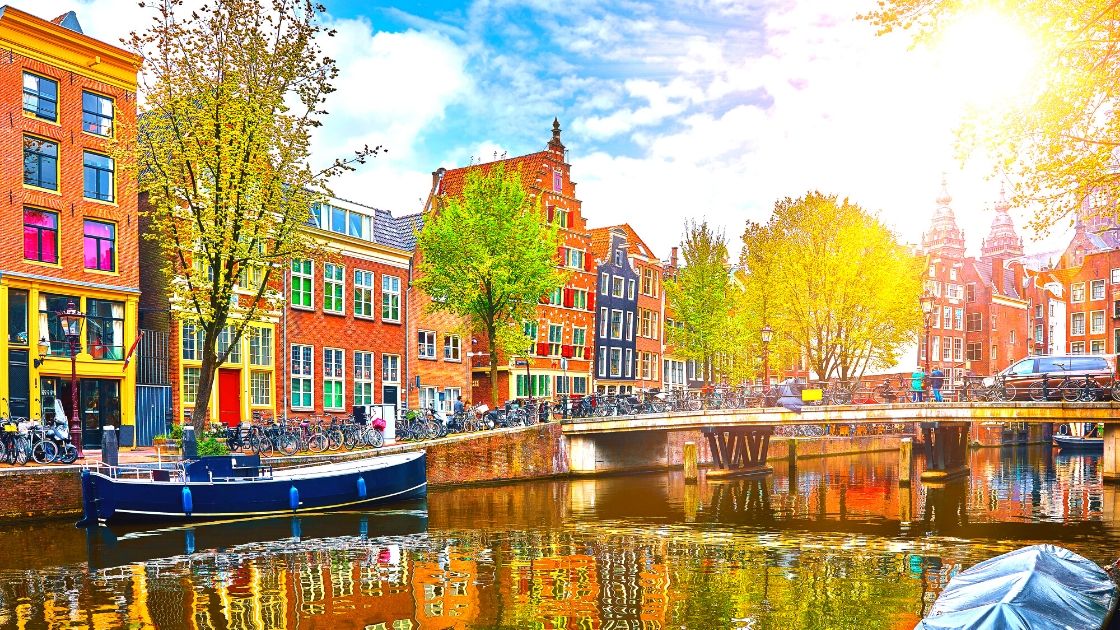
Mobile Phone Data When Visiting Europe
(no more EU roaming charges)
This means you don’t have to worry about buying a phone or a local sim card in each country. This change applies in 31 destinations: the 28 countries of the European Union, plus the European Economic Area (EEA) nations of Iceland, Norway, and Liechtenstein. Still, there are some things to be aware of. Make sure you read my post on what to bring when travelling to Europe. If you are visiting from Canada, USA, China, India or any country outside the EU and bring your own phone, you will be charged by your phone company in your country. Particularly if you are visiting more than one country in Europe I would strongly advise you to buy a sim card in Europe and that way you can use it for many other countries in Europe with no additional charge.
Money
The euro is a shared currency among many European countries, which makes it easier for travelers, as you don’t have to worry about exchanging money everywhere you go. Within the European Union, the euro is the dominant currency used. Countries that use the euro are: Austria, Belgium, Cyprus, Estonia, Finland, France, Germany, Greece, Ireland, Italy, Kosovo, Latvia, Lithuania, Luxembourg, Malta, the Netherlands, Portugal, Slovakia, Slovenia, and Spain.
Although many countries have adopted the euro, many countries still use their own currency. So, before exchanging all your cash into Euros, check what currencies the countries you are going to use. Countries with own currencies are: Albania, Belarus, Bulgaria, Croatia, Czech Republic, Denmark, FYR Macedonia, Moldova, Hungary, Iceland, Liechtenstein, Poland, Norway, Romania, Russia, Serbia, Sweden, Switzerland, Ukraine, and United Kingdom.
Same currency – different prices
When it comes to travel advice for Europe currency and money, even in countries that use the euro, prices can still vary significantly – these are different countries after all, with different economies. A bottle of water in the centre of Paris may cost you more than the local village store in southern Italy. This seems obvious but it can come as a surprise if you’re making fleeting stops as part of a bigger trip so it’s a good idea to keep this in mind when planning your budget, especially when it comes to expenses that are much bigger than a bottle of water.
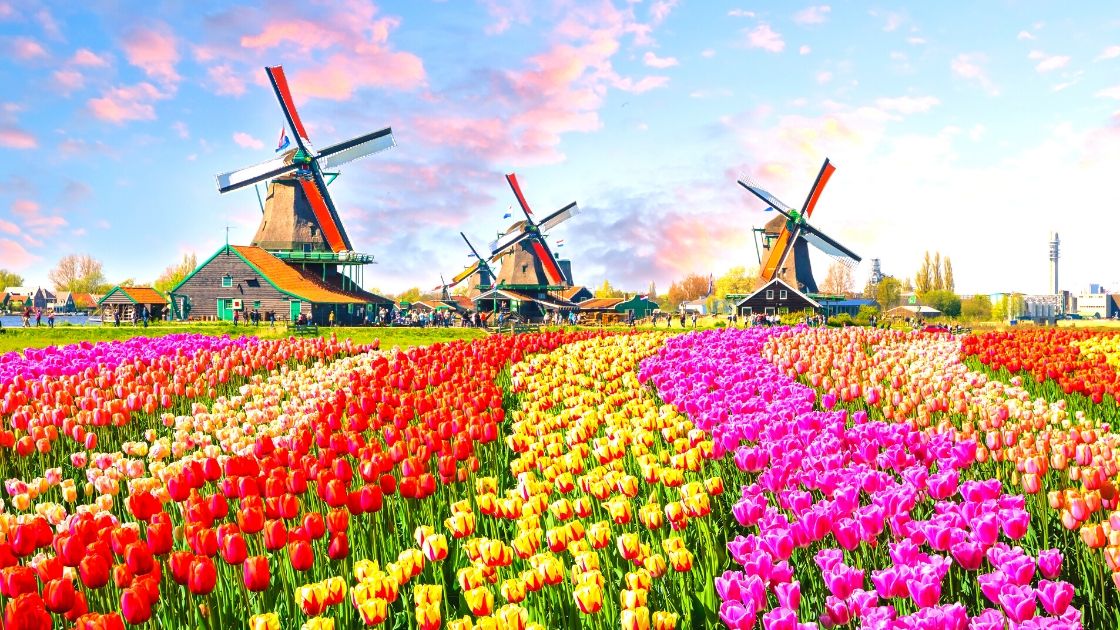
ATM fees
When possible, withdraw cash from bank-run ATMs located just outside that bank. Ideally use the machine during the bank’s opening hours, so you can go inside for help if your card is munched. Bank ATMs usually do not charge usage fees and are generally more secure.
Many European banks place their ATMs in a small entry lobby, which protects users from snoopers. To get in, look for a credit-card-size slot next to the door and insert your card.
Avoid “independent” ATMs, such as Travelex, Euronet, Moneybox, Your Cash, Cardpoint, and Cashzone. These have high fees and may try to trick users with “dynamic currency conversion.” Note that these “independent” ATMs are often found next to bank ATMs in the hope that travelers will be too confused to notice the difference. Their mahcines may even have signs that scream “Free Cash Withdrawals” — don’t believe it.
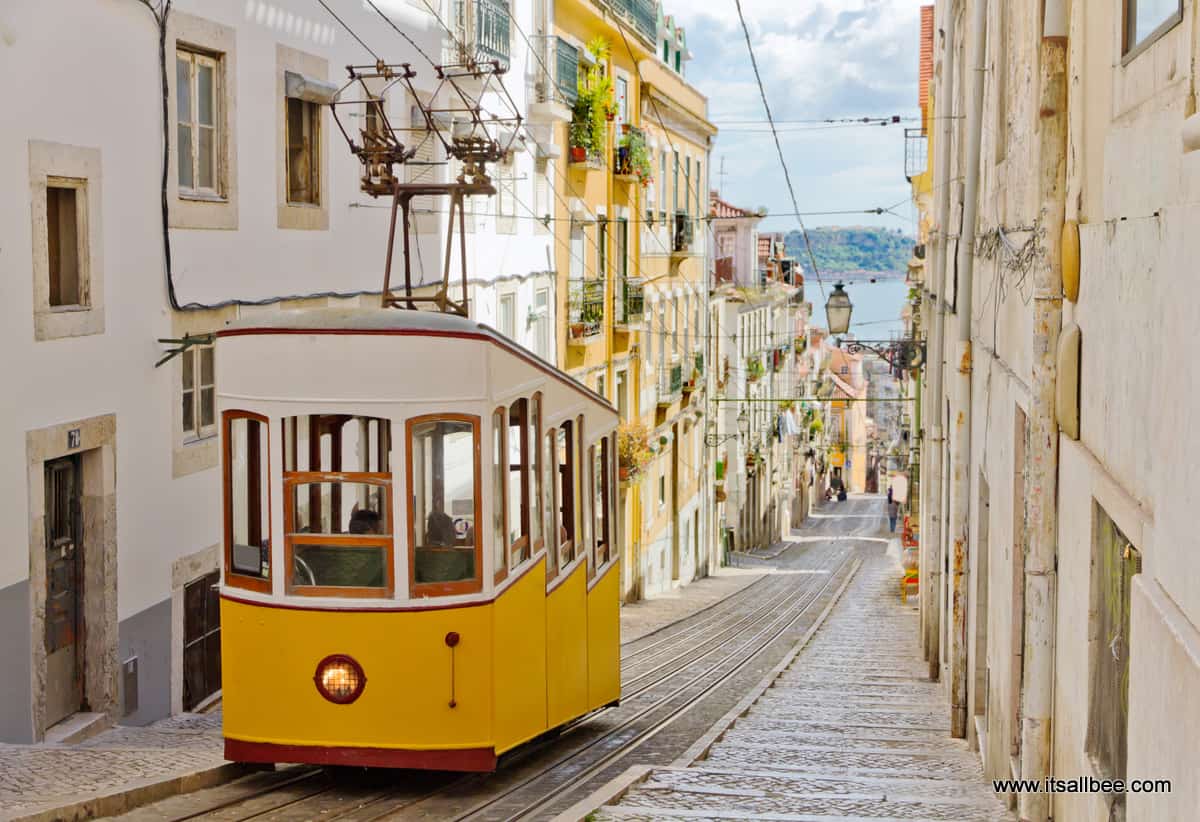
Lisbon’s Gloria funicular classified as a national monument opened 1885 located on the west side of the Avenida da Liberdade connects downtown with Bairro Alto.
Tourist traps and how to avoid them
This section will cover things I would put in a ‘things I wish I knew before travelling to Europe’ category to help you avoid being scammed or to cover safety when travelling in Europe.
Restaurants
If your budget allows it, treat yourself and eat in a restaurant after an exciting day out. However, we suggest you avoid those near the top attractions, as they tend to be a lot more expensive. Walk around a bit and look for establishments further away from touristy places with simple tables and menus without huge photos of food. A low-cost alternative is to buy a baguette, a piece of cheese with a bottle of water or wine, and have a picnic in front of the Tuileries Gardens or admiring London Bridge, for example.
A restaurant with a trustworthy reputation offering typical food does not need five workers inviting you to enter. Whenever you encounter this sort of situation, it is a good reason to be suspicious.
Tip: Before leaving your accommodation or, if you have internet anywhere in town, just open Google maps. You’ll find suggestions and quickly see the top-ranked restaurants. From a 4.2 onwards they are really good. And if they have predominantly locals’ reviews, even better.
Taxi scams
Famous tourist scam involves taxi fares. Some travelers recommend being beware of taxi fares. That goes for rides both to and from the airport. In the past, there have been reports of drivers demanding obscene fees to tourists. How do they do it? They either are not running the meter or taking a ridiculously long route to your destination.
Major tourist trap in Venice
A lot of tourists are attracted to taking the gondola rides in Venice. But these gondolas are highly overpriced, captained by someone dressed like an Italians to fit the tourist’s imaginations. Instead of a gondola take a much cheaper traghetto, that locals use to get across the canals.
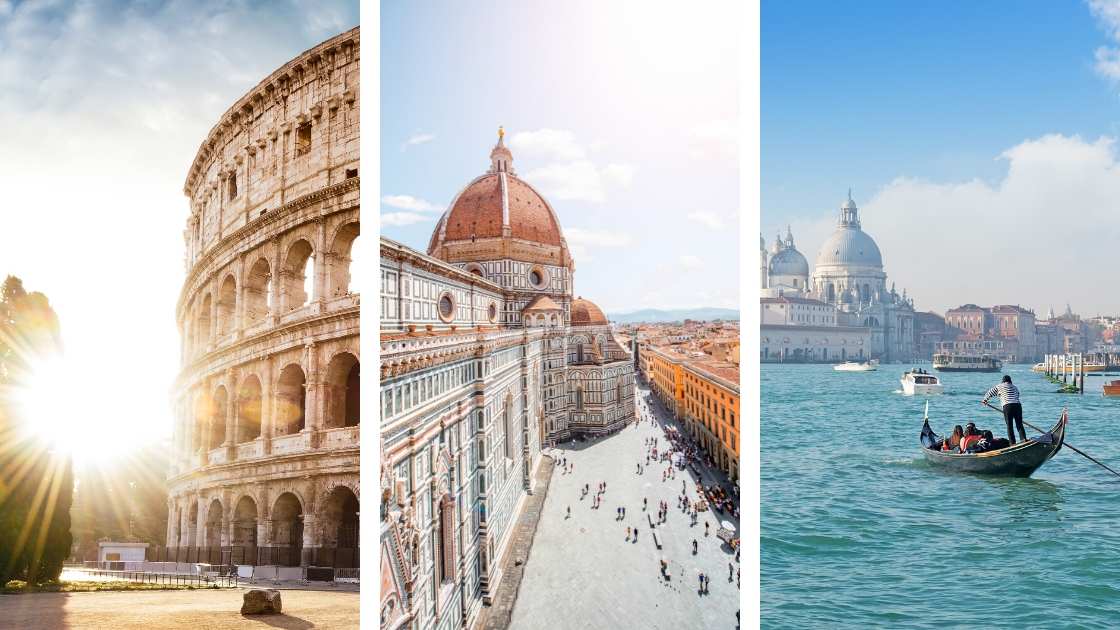
How to avoid tourist traps in specific locations?
- Do more research! Check local forums, ask expats, ask locals if you know the language. If you don’t know anyone to ask, search for expat blogs on Google.
- Don’t assume that because it is Europe, every city is safe. This is simply not the case. Be aware of your surroundings and your belongings at all times, and use some common sense. You don’t have to be tense all the time, simply be confident and trust your instinct.
- Learn some basic phrases in that language / speak with the locals. Nowadays, many travelers speak English. However, speaking in the local language shows you have respect and interest for their culture. This will lead to the fact that locals take you more seriously. If you really wish to know a culture, its language and its people, you’ve to be on the same level as the people who can show and teach you more about their culture. Also, you will be less likely to be fooled.
Book in advance
As mentioned earlier in this article, booking tickets to Europe’s top attractions and accommodation will save you time and, in many cases, money. Some of the popular places that you should buy tickets in advance before flying to Europe are:
- The Eiffel Tower, Paris
- The Sagrada Familia, Barcelona
- Alhambra Castle, Granada
- The Last Supper by Leonardo Da Vinci
- Uffizi Gallery and the Accademia, Florence
- Louvre Museum, Paris
- The Colosseum, Rome
- The Vatican Museums, Vatican
- The Ann Frank House, Amsterdam
Choose suitable luggage
Chances are you will be walking a lot and dragging your luggage across many long cobblestone streets and up several flights of stairs when you get to the hotels. Don’t pack a bag that is too heavy to carry comfortably, then you can always carry it by it handle on stairs and particularly rough pavement, and you won’t have to invest in a really expensive one. For additional tips also read my tips on the best luggage for Europe.
And shoes
The only way you can enjoy your trip is if your walking shoes make you feel comfortable. Try some flat-sole, comfortable, casual type of shoes. Choose materials that won’t make your feet sweat, and that will be able to withstand some moisture and won’t get soaked immediately if it starts raining.
Accommodation In Europe
Europe offers amazing access to a variety of accommodation suiting all budgets. From lax to frugal budget accommodation. Penthouse apartments and suites to hotels and hostels as well as Airbnb. If you haven’t used Airbnb before you can check out my tips on using Airbnb plus how to get $40/£35 off your first booking. For hotels, hostels and apartments my go-to is Booking.com which I use for much of my travels if I am not using Airbnb.
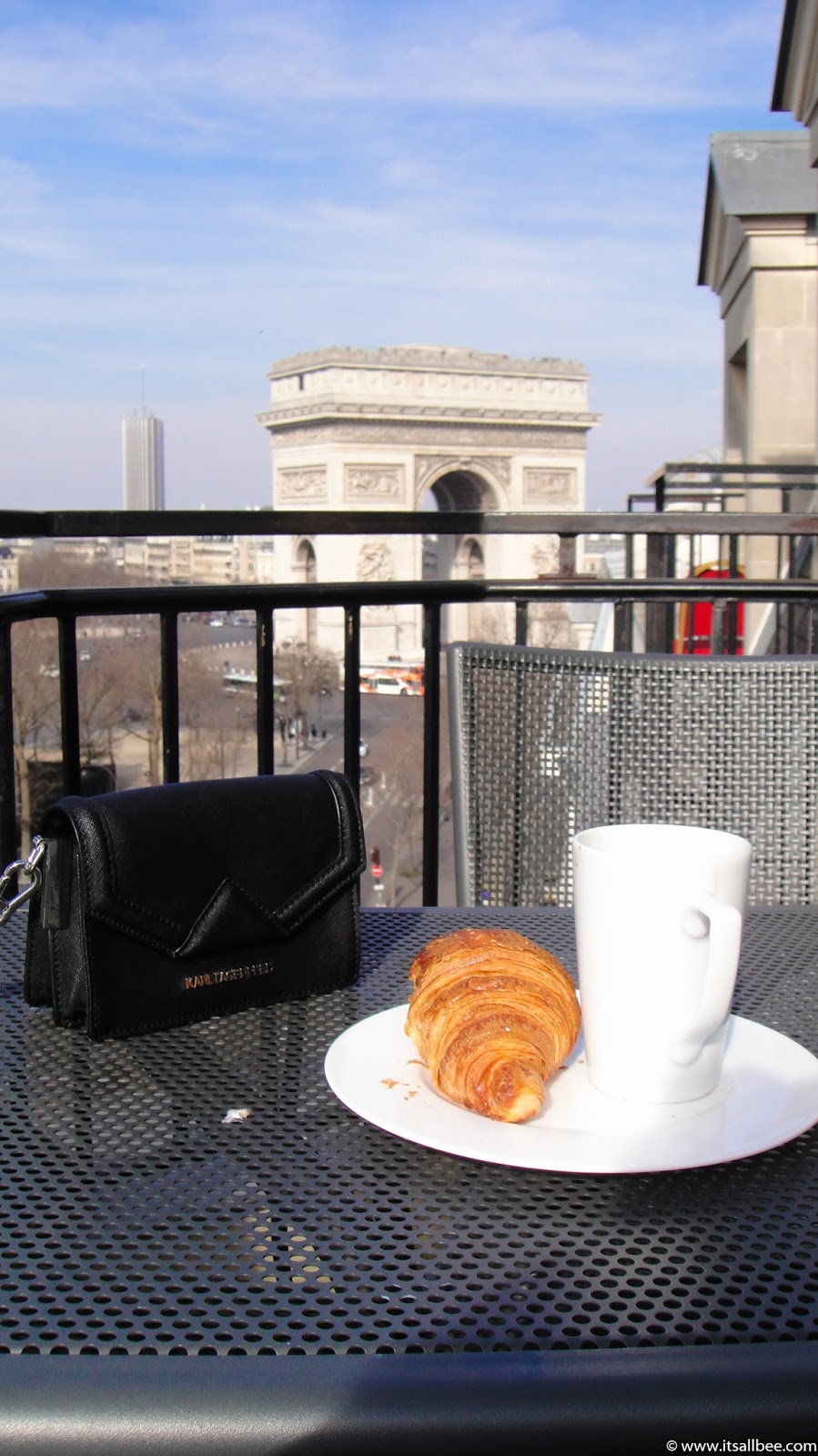
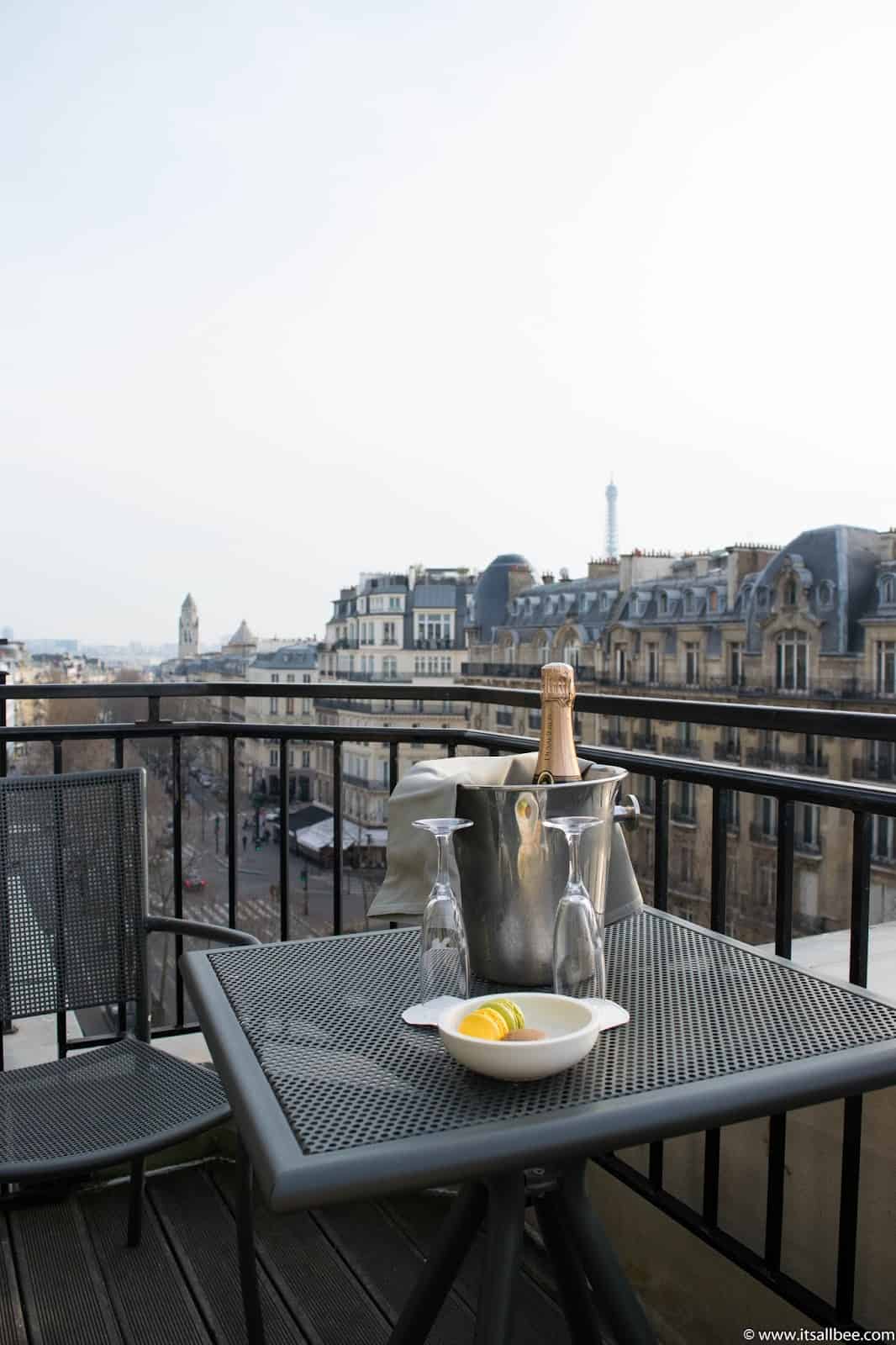

Final Tip When Visiting Europe
Explore! While guide books with tips for travel in Europe are great, don’t be afraid to put down your travel guide and map for a moment. Set your inner child free as you wander through the streets, and you will be amazed by all the little things you can find when you are not only focused on getting from point A to point B. The environment will surprise you, if you let it!
Also See
- The Best Greek Islands To Visit
- How To Visit London And Paris In One Itinerary
- The Best Guide To Visiting Italy In Two Weeks
- Exploring London In 3 Days
- Paris In 5 Days
- How To Plan A Trip To Italy
Pin For Later
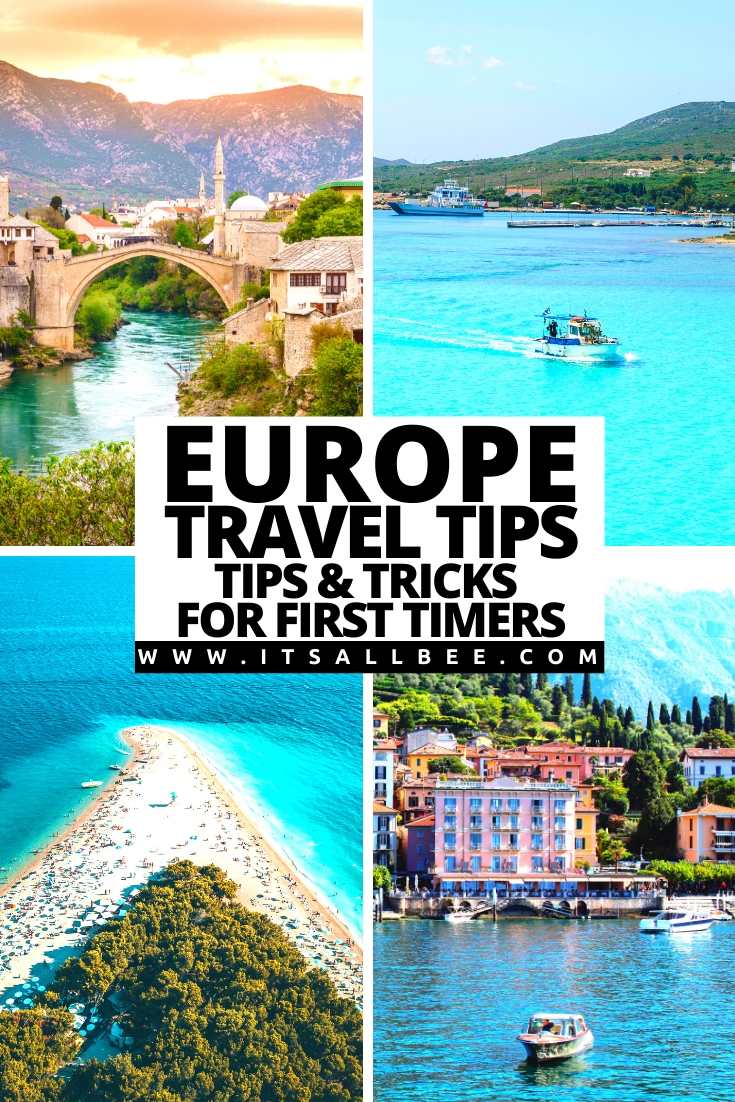
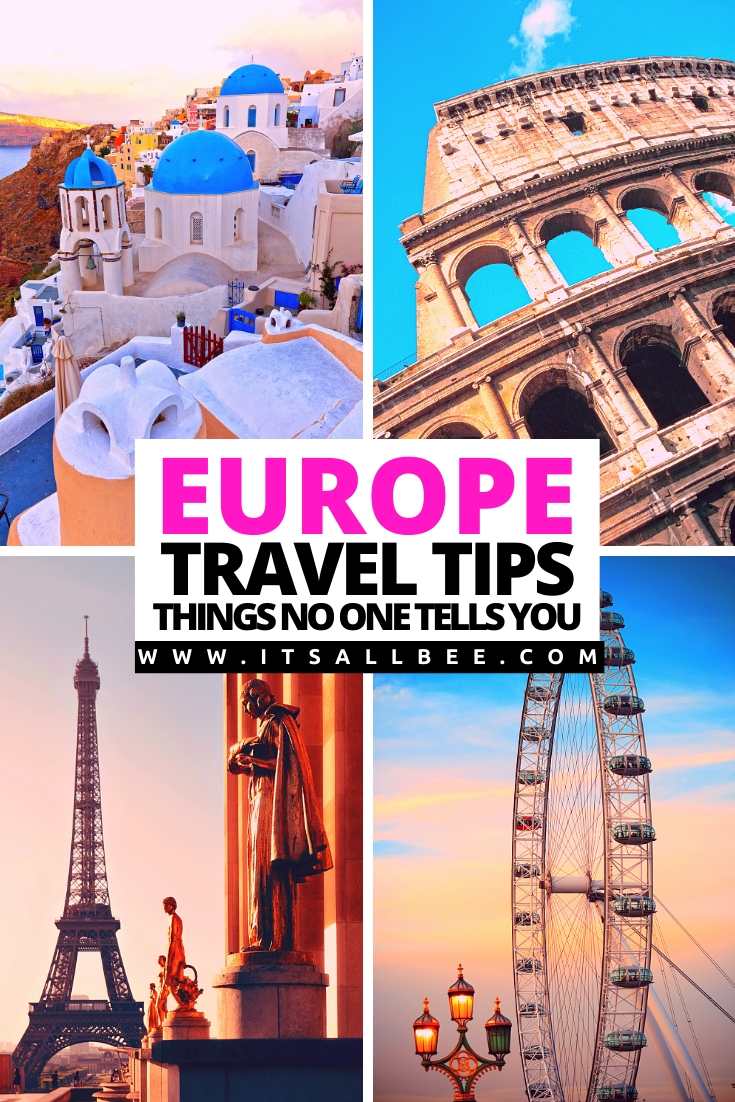
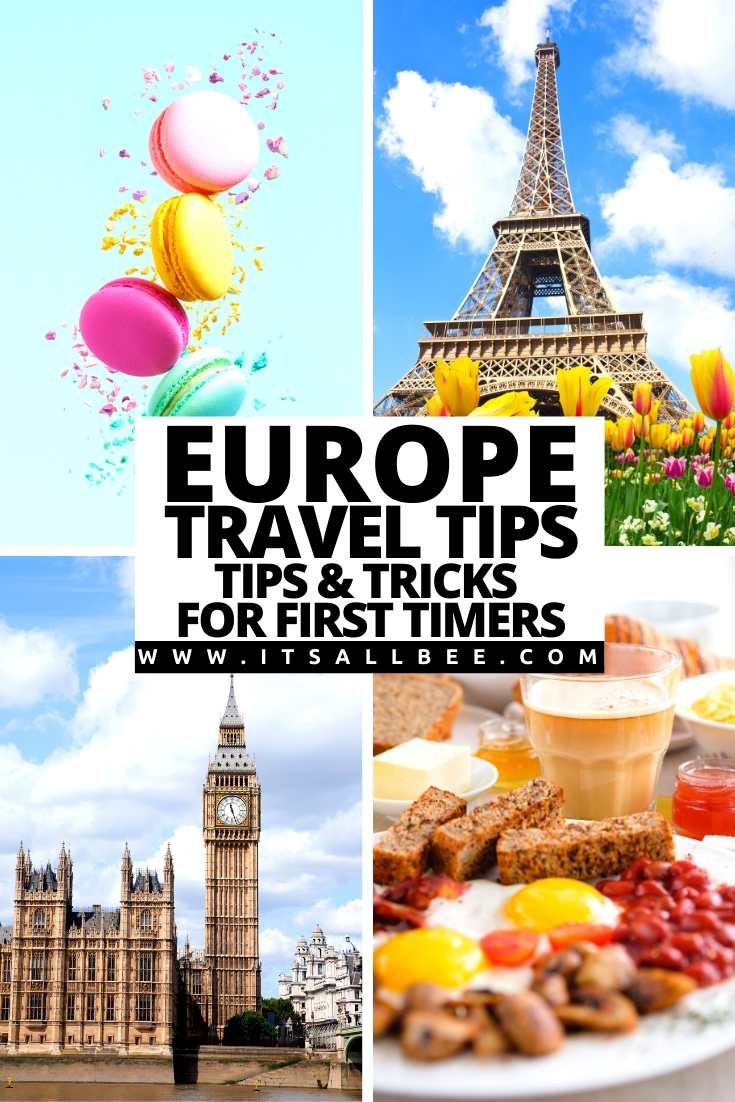
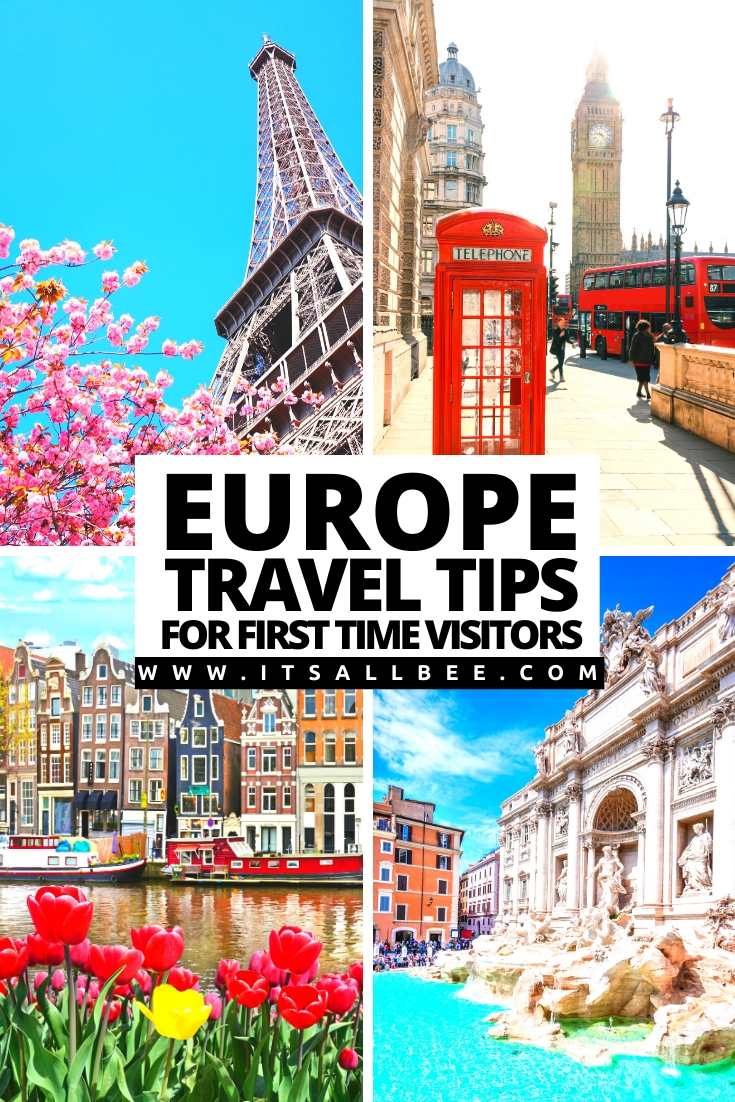

Leave a Reply